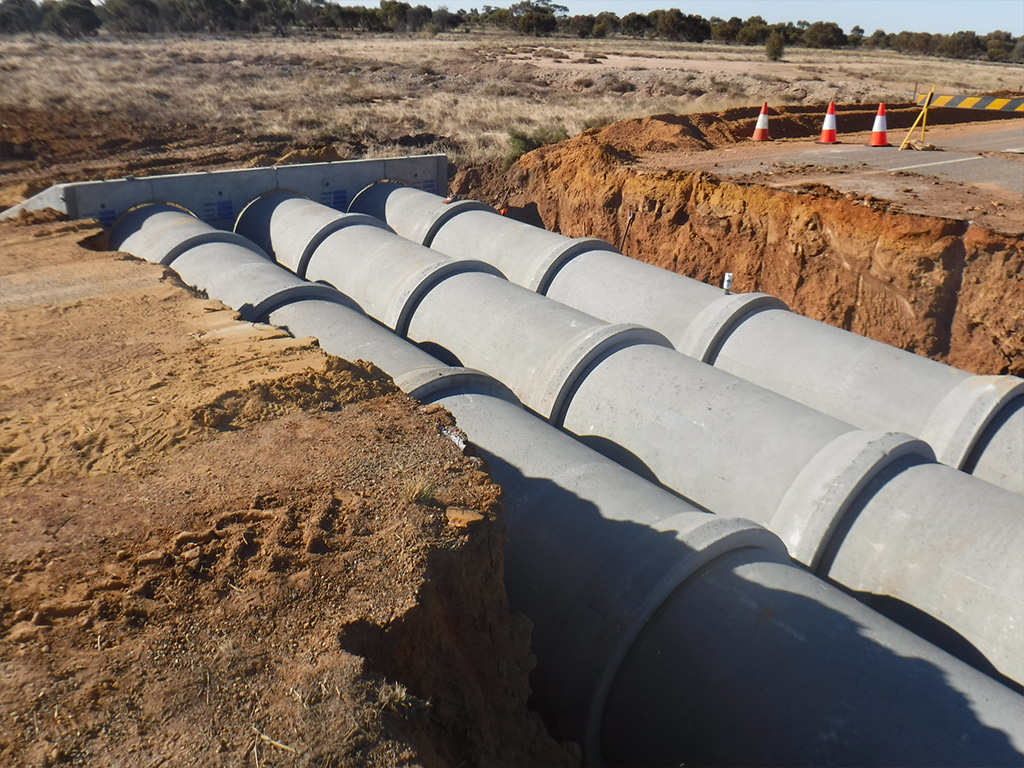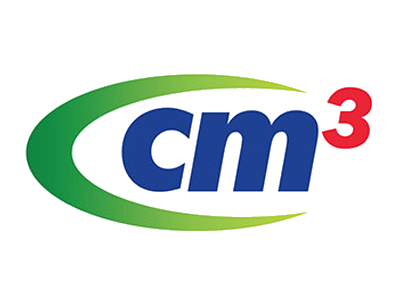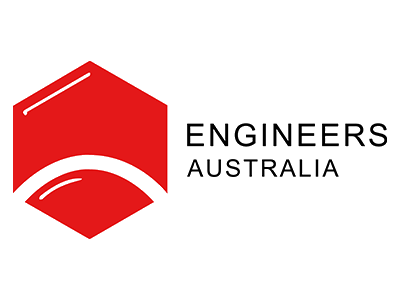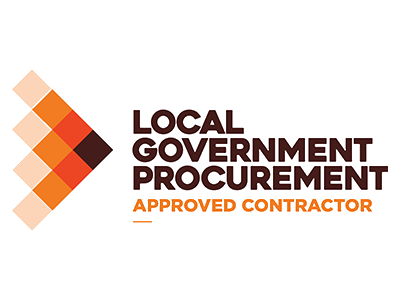Stormwater Line Installation for Urban Road Projects in Sydney
Traditionally, during the installation of a stormwater pipeline on road projects, the Roads and Maritime Services Specification R11 and Australian Standard 3725 are referenced to manage the quality of the construction and backfill procedures. These methods are best practice and should always be followed. Especially when backfilling (Type HS3) a bed, haunch, side and overlay zones/ layers are placed in predetermined depth (depending on pipe size), using different material (Type BH and SO material) and compacted to achieve minimum relative compaction at each layer.
Although during the construction of Urban Road Projects in Sydney, we are faced with many challenges which include not having the ability to permanently close off work zones, reduced working hours (as projects are working to predetermined windows of time governed by Road Occupancy Licences), community, environmental, safety, and traffic issues among many others. These challenges don’t allow for the traditional installation method to be followed. As 1) compaction testing must occur at every layer, and 2) different material types are required, which is not always possible due to a variety of reasons including small or no stockpiling sites nearby, 3) it is a time-consuming process which can’t be completed in a small window of time, among many other issues. So how do we achieve quality backfill with all these constraints in mind? From our experience, we believe the most convenient method is to change the backfill to an 8:1 Sand and Cement mix entirely. This will allow for a quality end product while managing all the constraints inherent with an urban road project. The sand and cement mix is basically self-compacting and doesn’t require compaction testing, the bed, haunch, side and overlay are eliminated, and it becomes one layer only, and with a temporary restoration of the pavement it is trafficable at the end of the shift.
Please refer to the below sketches to view the traditional method versus the 8:1 Sand and Cement
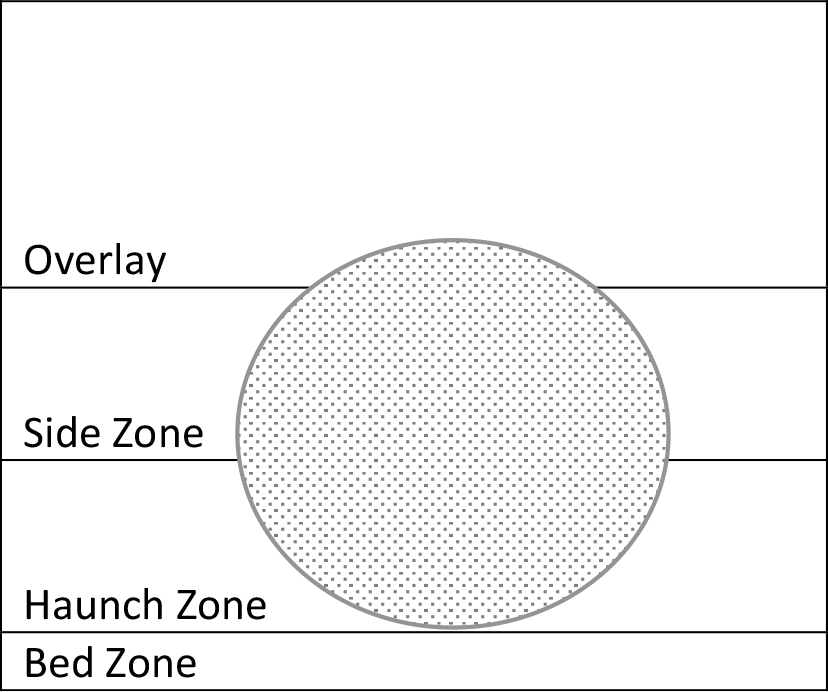
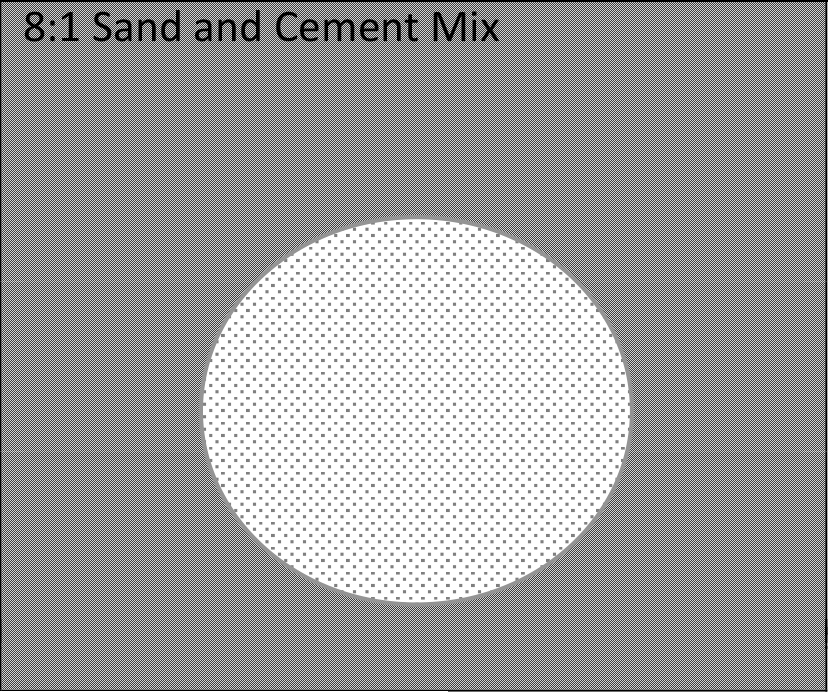
What to do if we can’t divert from the Traditional Method? Are there other options?
In short Yes there are other options. From our experience and when the situation allows, using steel plates as temporary restoration/ pavement, so the area is trafficable at the end of the shift. So, in principal, we would be trenching predetermined lengths to the bed over several shifts and covering up the trench with steel plates. Then we would install the pipes and complete the backfill in the traditional method, always using the steel plates at the end of every shift to make the area trafficable. Although this method does have many disadvantages and constraints.
Another option we have experienced (which also diverting away from the traditional method) is boring and pipe jacking. This method also has advantage, disadvantages and constraints depending on the situation. Some include; 1) the need for sufficient space for launch and receiving pits, 2) good ground conditions, 3) can’t be in close proximity to utilities, among many other issues.







